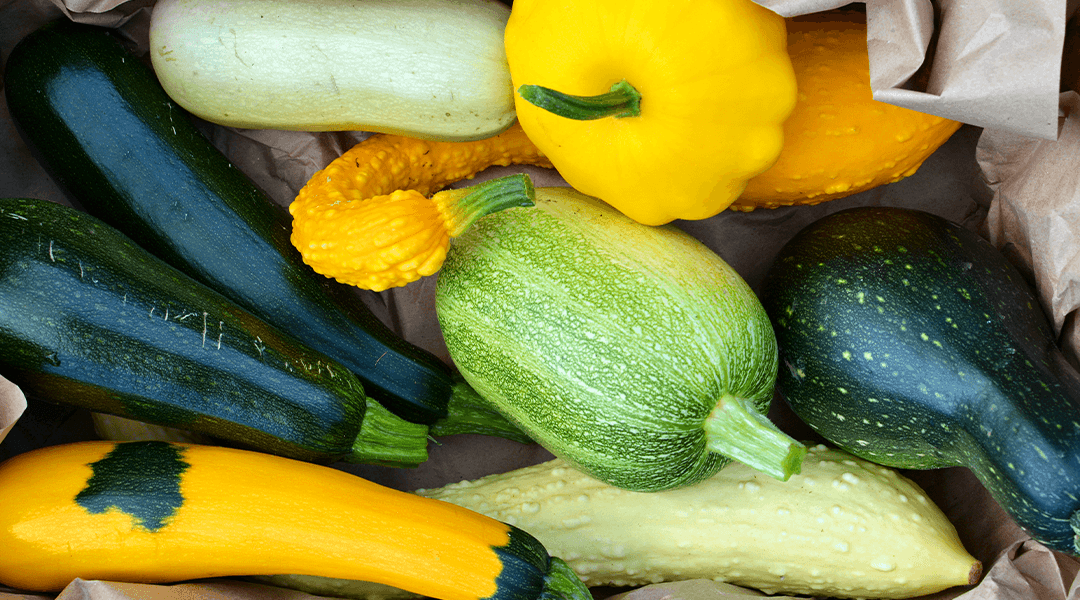You’re standing in your garden, admiring the vibrant yellow blossoms of your yellow squash plant. As the summer sun shines down, you can’t help but wonder when is the perfect time to harvest these delicious squash. With their tender texture and sweet flavor, determining the ideal time to pluck them from the vine is essential. In this article, we will explore the signs to look for, ensuring that you harvest your yellow squash at its peak ripeness for the most flavorful dishes. So, let’s dive into the wonderful world of yellow squash harvesting together!
When to Harvest Yellow Squash

Understanding Yellow Squash
Yellow squash is a popular summer vegetable that belongs to the cucurbit family, which also includes zucchini and pumpkins. It is known for its vibrant yellow color and mild flavor. Yellow squash is best enjoyed when it is harvested at the correct stage of maturity. Harvesting too early or too late can result in an inferior taste and texture. Therefore, it’s important to understand how to determine the maturity of yellow squash and know when to harvest them.
Determining the Maturity of Yellow Squash
Before you can determine when to harvest yellow squash, you need to know how to identify its maturity. Maturity can be determined by paying attention to the size, color, and texture of the squash. Yellow squash is usually ready for harvest when it reaches a length of 6-8 inches but is still tender and easy to cut. The skin should be glossy and bright yellow, without any blemishes or signs of decay. Additionally, the squash should feel firm when gently squeezed.
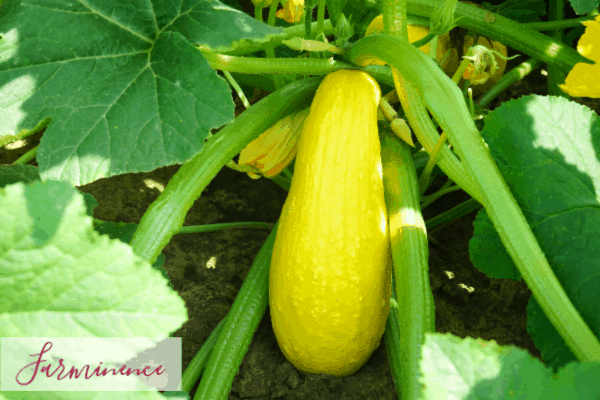
Factors to Consider before Harvesting
While the size and color of the squash are important indicators of maturity, there are other factors to consider before harvesting. One factor to keep in mind is the variety of yellow squash you are growing. Different varieties may have slightly different optimal harvest times, so it’s important to consult the seed packet or do some research on the specific variety you are growing. Additionally, the weather conditions and growing environment can affect the maturity of the squash. Warmer temperatures and ideal growing conditions can accelerate the growth of yellow squash, potentially leading to earlier harvest times.
Indications of Overripe Yellow Squash
Harvesting yellow squash at the right time is crucial, as leaving it on the plant for too long can result in overripening. Overripe yellow squash tends to become larger, with a dull and pale yellow color. The skin may also become tougher and harder to cut. When you press the squash, it will feel soft and mushy instead of firm. Overripe yellow squash may also develop blemishes, mold, or signs of decay, which can affect the overall quality and taste.
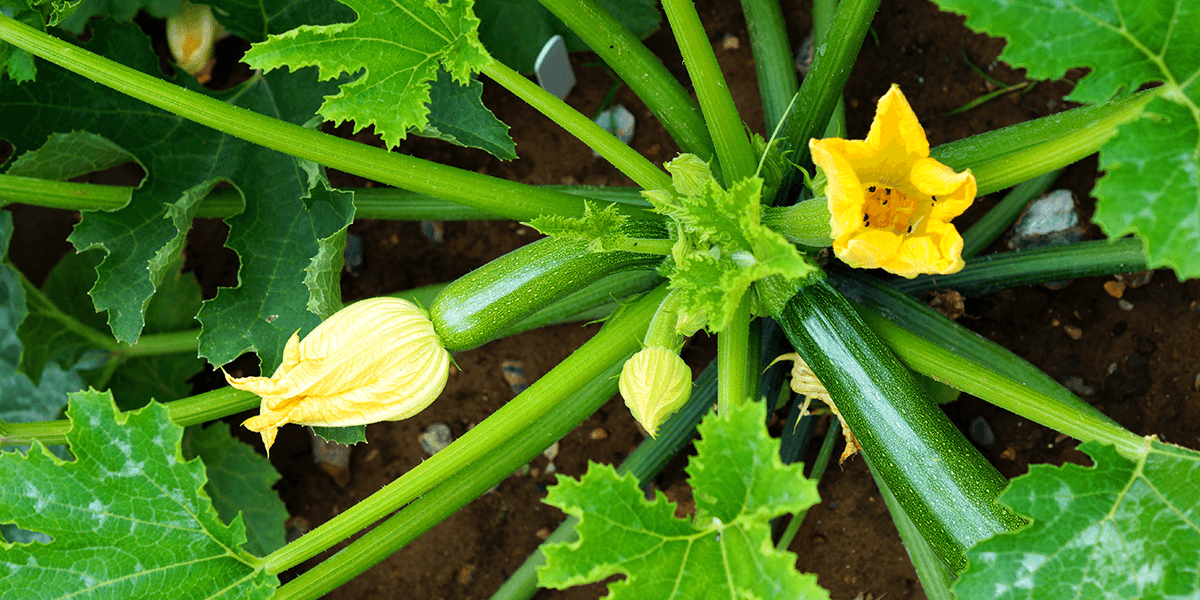
Indications of Underripe Yellow Squash
On the other hand, harvesting yellow squash too early can result in underripe vegetables. Underripe yellow squash is usually shorter in length, often less than 6 inches. The skin may still have shades of green and may not be fully bright yellow. Additionally, underripe squash will have a firm texture and may be slightly harder to cut compared to fully mature squash. The flavor of underripe squash may be less developed, and the texture may be more watery and less tender.
Harvesting Yellow Squash
Now that you know how to determine the maturity of yellow squash, it’s time to harvest them. Harvesting yellow squash is a relatively simple process, and with the right tools and steps, you can ensure that you pick them at their peak freshness and flavor.
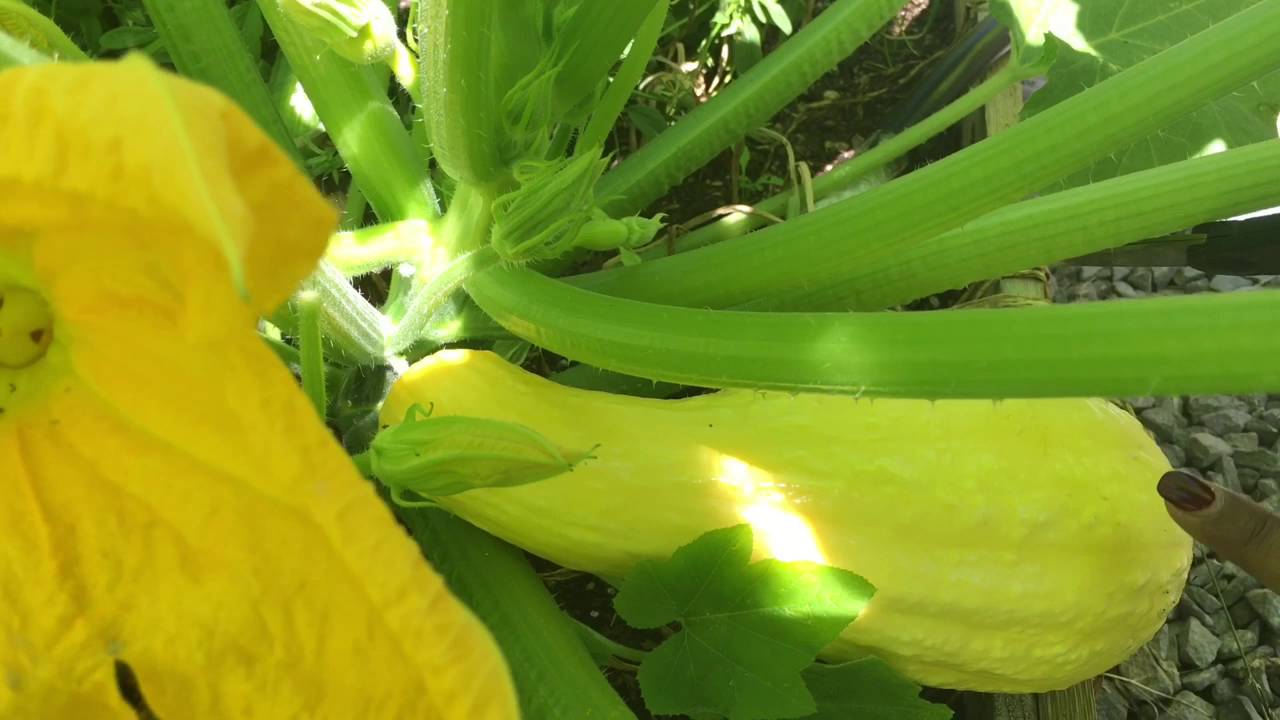
Tools Required for Harvesting
To successfully harvest yellow squash, you will need a few essential tools. Firstly, you will need a sharp garden knife or a pair of gardening shears. These tools will help you cut the stem cleanly without damaging the squash or the plant. Additionally, a basket or a harvest bag is useful for gathering the harvested squash.
Steps to Harvest Yellow Squash
Assess the maturity of the squash: Before harvesting, carefully examine the yellow squash to ensure it has reached the desired maturity. Look for the ideal length, glossy yellow color, and firm texture.
Locate the stem: Once you have identified a mature yellow squash, locate where the stem connects to the plant. The stem will usually be near the base of the squash, where it attaches to the vine.
Cut the squash: Using a sharp garden knife or shears, cut the stem cleanly without applying excessive force. Be careful not to damage the rest of the plant or nearby fruits and vegetables.
Place the squash in a container: After cutting the squash, place it gently in a basket or harvest bag to prevent any bruising or damage.
Repeat the process: Continue harvesting the rest of the yellow squash in the same manner, ensuring that each one meets the maturity criteria.
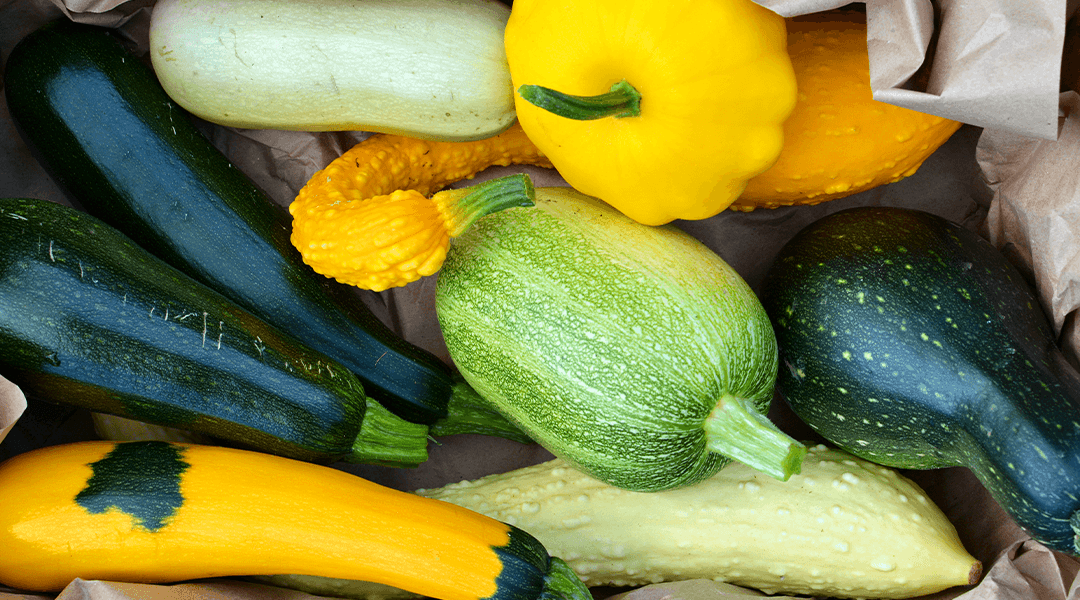
Additional Tips for Harvesting
- Harvest yellow squash in the morning when the temperatures are cooler. This can help preserve the freshness and quality of the harvested squash.
- Regularly check your yellow squash plants for any signs of pests or disease. In case you notice any issues, it’s important to address them promptly to prevent damage to the squash.
- If you encounter any undersized or overripe yellow squash while harvesting, remove them from the plant to ensure better overall plant health and encourage new growth.
Storing Yellow Squash
After harvesting your yellow squash, you’ll want to store them properly to extend their shelf life and maintain their freshness. Here are some tips for storing yellow squash:
- Yellow squash should be stored in a cool and dry place, such as the refrigerator’s crisper drawer. They can be stored for up to a week when kept in these conditions.
- Avoid washing the squash before storing, as excess moisture can promote spoiling. Instead, wipe off any dirt or dust gently with a damp cloth before storing.
- If you want to freeze yellow squash for long-term storage, blanch them briefly in boiling water, then plunge them into an ice bath to stop the cooking process. Drain well, pack in freezer-safe bags or containers, and store in the freezer for up to 9 months.
By following these guidelines, you can ensure that you harvest your yellow squash at the right time, resulting in delicious and flavorful vegetables for your culinary creations. Enjoy the bounty of your harvest and savor the taste of fresh, homegrown yellow squash!
